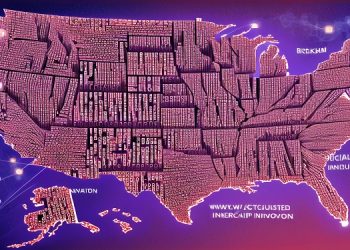Fourteen years ago, while in the depths of the financial crisis, it was a mystery to many just how a mortgage system so chronically flawed could have cemented itself as the basis of the United States’ financial system. In the subsequent post-mortems and exposes, however, it became clear that this false legitimacy was based on both institutionally authorized opacity and backend technical systems good only for obscuring critical financial flaws. Ultimately, this created an information barrier that enabled rating agencies, government bureaucracies, and — most importantly — the big banks to negate the public’s interest while pursuing unsustainable financial practices.
Today, mortgages are once again in the news, with housing prices skyrocketing and average interest rates hitting their highest point since the Great Recession. With this development — along with concerns about price stability, stock market volatility and commodities prices — creating a sense of macroeconomic deja vu, now is the perfect time to ask what went wrong in 2008, whether we’ve made adequate structure adjustments to our financial infrastructure, and — if not — how we can use the latest developments in the fintech industry to build a better debt management system.
Regarding what is to blame for the 2008 crash, it is now clear that there were two primary faults. One is inherently human, and the other, inherently technical. First, trusted institutions used their legitimacy as a shield…



























































